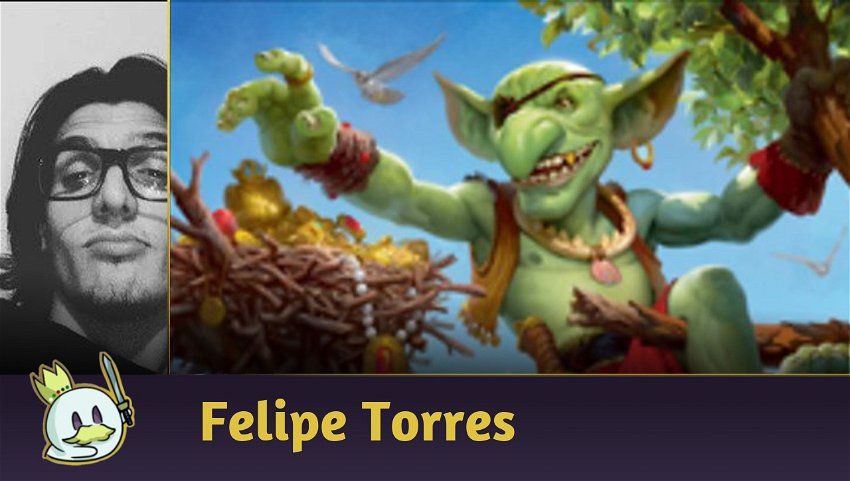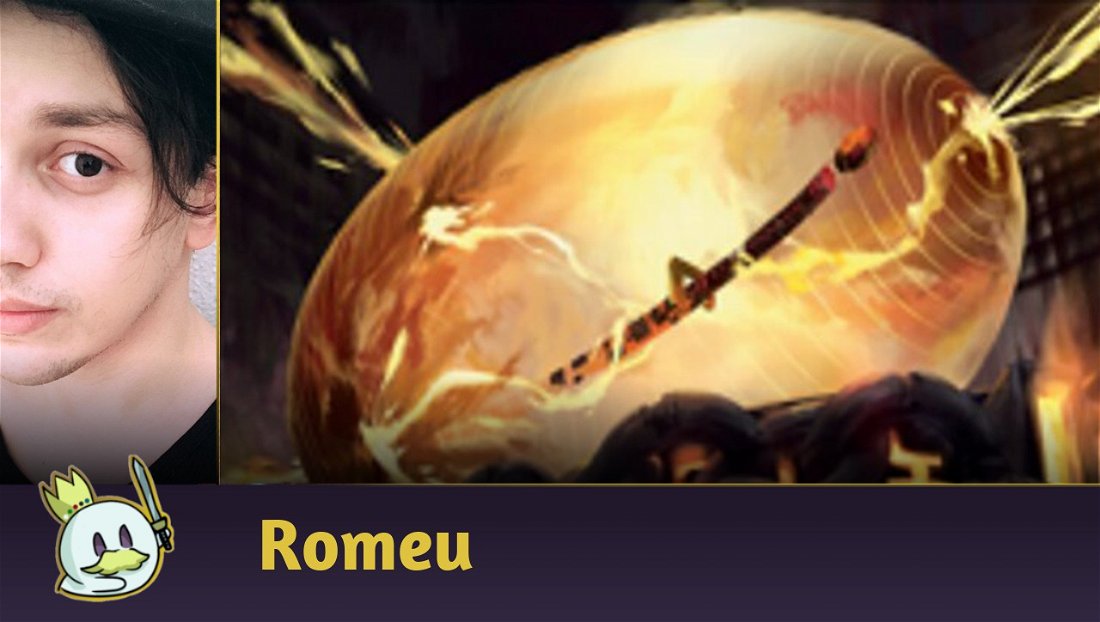Introduction
I decided to write this article after some suggestions and requests on this topic. I have separated some suggestions and tips that I consider important before starting to compose your Commander collection in the most optimal way.
Tips for starting your Commander collection
Understand your gaming group
Knowing the power level of your local scene is essential to start building your deck — there's no use building a cEDH list if your group plays with cheap or preconstructed decks, the tables won't be fun for them, nor for you.
Ad
This can often cause problems between you or problems related to improving decks. The opposite is also true: if your friends play competitive Commander and you have a preconstructed deck, this will make you have no chance of being relevant at the table and your opponents will not have fun as the table will not be balanced.
Find out your deck type
There are different game types and archetypes in casual and competitive Commander, understand which archetype you fit in best and which strategies you are most comfortable with, even if the strategy is not the strongest, fastest, or most resilient.
Even in a competitive environment, it is common to have players who only play with a certain strategy and use it whenever they can, and having this comfort and experience with the deck you will play ends up being a more determining factor to guarantee the best plays and your fun.
Don't buy booster packs
When I started playing at my neighborhood store, I didn't quite understand why I opened booster packs, mainly because I'm not exactly a lucky person, so I only opened my first booster pack at the Theros: Beyond Death Prerelease event, and it was there that I developed a certain addiction to opening these little packages.
I definitely didn't have any luck with my kit, but what matters is that, as you see in deck techs, we hardly have many cards that we want or that are strong in the set, and that's why it ends up being easier and cheaper to buy them directly instead of opening packs.
Is opening them more fun? Sure, but it costs more, and you don't always get what you want.
Goldfish your decks before purchasing them
While you are defining the list of the deck you will build, simulate hands and test different situations, if necessary print those black and white proxies to see if each card in the deck is really worth it, especially dealing with tighter budgets, paying a few bucks on a piece of cardboard and then realizing it's not that good turns out to be an unpleasant experience. Practice with the deck until you feel comfortable with the list.
Understanding how far your deck can go and what its limitations, strengths and weaknesses are, is essential, as well as knowing if it can handle that threat at the table or if you will have to wait for someone else to solve the problem. This knowledge is essential to not get frustrated while playing and to minimize errors in reading the plays. Learn and understand the function of a card in your deck, as well as all of its uses.
Try to keep the same colors
This is something I did unintentionally, and it ended up making my decks a lot easier; try as much as possible to prioritize a group of colors.
If this is your first deck, start with a mono-colored or two-color deck. This makes you able to spend more on good cards from the deck and less on lands, which tend to be more expensive, as all or almost all decks in that color combination will get those lands; so one or two colors is recommended to start with.
There are many strong one-color commanders that allows you to avoid this cost to optimize your manabase in the very first deck.
Ad

When building a new deck, don't leave mono blue for Selesnya, for example. It included one color at a time in your decks, so you won't have to buy a list completely from scratch, you'll have draw sources, tutors, ramps, interactions and disruptions you already have, and you can focus on cards that are entirely new to your deck.
Know when to purchase the cards
Magic players get excited easily at the idea of a new set, and this ends up having a dizzying effect on card values. A recent example of this is Yuriko, the Tiger's Shadow, which spiked in price because of Kamigawa: Neon Dynasty, which promised new and powerful ninjas, and really brought a lot of good and interesting ninjas. So if you want a card, and it might receive more support in a future set, buy it before so you don't have to spend more on it later, and if the card is playing in Standard and you prefer not to pay that amount, use a substitute until the card rotate or wait for the hype to wear off.
It is also important to point out that there are cards such as shock lands that sees play in almost every format, so when there are reprints, the prices of these cards fall and then go up again.
When I started playing and shortly after, with the Ravnica sets the shock lands were quite cheap, and I didn't buy it — and when I needed to, their price almost doubled — so enjoy the reprints!
Standardize your collection
Colored sleeves are cool, I agree, but exchanging sleeves is extremely labor-intensive. My recommendation for you is to keep them at a default color and brand, so it will be much simpler and easier to swap a card from one deck to another. One card or another might not be that much work, but your deck has 100 cards, if you want to change half of them, the time doing the physical change will be huge.
Another important thing is to have a way to identify which deck each card is from, either by writing in the perfect fit a card that represents the deck it plays or using colored papers. The critical thing is to be able to distinguish which deck the card is from by looking at it, without having to resort to the deck list for this. An excellent and creative way of organizing is to use a hole punch in colored sheets, obtaining colored circles, and use a color for each of your decks - it's not expensive, and your cards will be easily identifiable.
Optimize lists over time
Magic is a relatively expensive hobby, and making your Commander decks stronger and more optimized can be even more expensive, so plan your spending — don't buy everything on the list at once, use functional replacements as you gradually purchase the cards and evolve the list.
Set your budget limits, that is, define how far you can or are willing to go to improve or build your deck. First purchase the core of the deck, what the deck needs to work, then buy the cheapest pieces, until you get to the most expensive cards and purchase them one by one, and even if you have to spend months putting together to buy one or two cards, don't exceed your limits.
Ad
Conclusion
I hope you enjoyed this article!
If you have any other tips that you think are important, leave them in the comments, I will consider them to develop the second part of this article in the future.
Thanks for reading and good games!








— Comments0
Be the first to comment